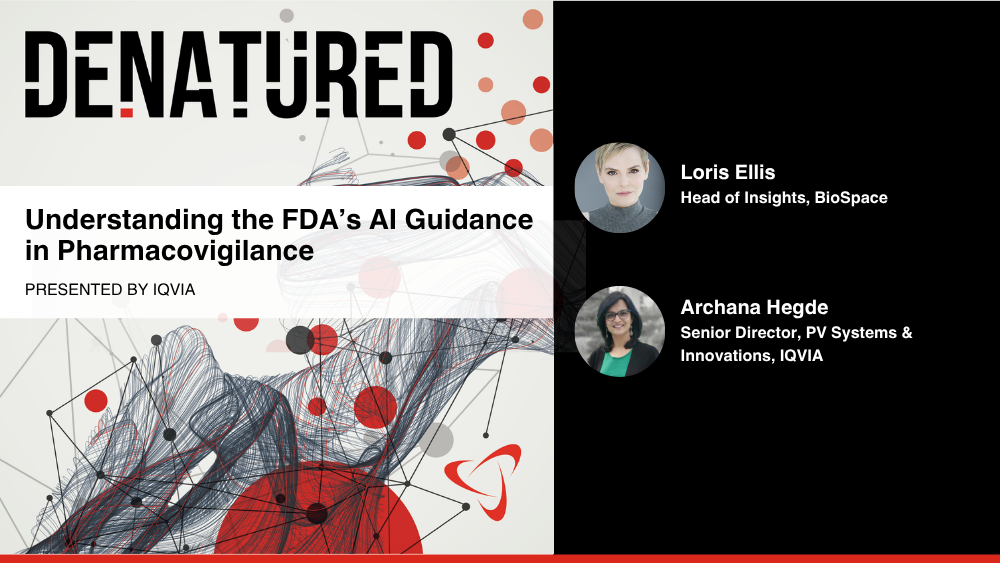Sanofi announced yesterday that they will resume dosing in U.S. clinical trials. They noted that on October 30, they had “voluntarily paused dosing in all ongoing fitusiran clinical studies … to assess reports of non-fatal thrombotic events in patients participating in the Phase III program.”
In late October and early November, three hemophilia organizations, the World Federation of Hemophilia, the European Haemophilia Consortium and the National Hemophilia Foundation issued a joint statement that Sanofi Genzyme had placed a global dosing hold on its “full clinical development program for fitusiran due to the identification of new adverse events.”
Fitusiran is a once-monthly, subcutaneously dosed non-factor-replacement therapy that leverages small interfering RNA (siRNA) to target and decrease antithrombin. This promotes sufficient thrombin creation to restore hemostasis and prevent bleeding in patients with hemophilia A or B.
Sanofi announced yesterday that they will resume dosing in U.S. clinical trials. They noted that on October 30, they had “voluntarily paused dosing in all ongoing fitusiran clinical studies … to assess reports of non-fatal thrombotic events in patients participating in the Phase III program.”
They indicate they evaluated the available data and worked with the U.S. Food and Drug Administration (FDA) to get the program back on track. It plans to implement amended trial protocols with an adjusted dosing regimen designed to improve the benefit-risk profile of the drug. This is for the adolescent and adult clinical trials. The pediatric trial is still on hold while they continue to analyze the dosing for that group.
Outside the U.S., the company is still working with regulators to continue the trials.
Sanofi believes the pause and the various communications and submissions to regulators will delay the program for about 18 months.
Sanofi’s chief executive officer Paul Hudson has pointed to the fitusiran program as one of the company’s top priorities. In 2014, Sanofi was partnered with Alnylam, the company that developed the drug, but in 2018 they restructured the deal and Sanofi took full rights to fitusiran. Alnylam kept global development and commercial rights to the RNAi therapeutics programs for ATTR amyloidosis, including patisiran and ALN-TTRsc02, with Sanofi to receive royalties on any of those projects.
Earlier Phase II and III trials were placed on hold in 2017 after a thrombotic event in the Phase II trial, specifically cerebral venous sinus thrombosis, or cerebral edema resulted in a patient fatality. After that, Alnylam revised their protocol guidelines and the trials continued.
In July 2020, Roche announced the second interim analysis of its Phase IIIb STASEY study, which supports the safety profile of Hemlibra (emicizumab) seen in the Phase III HAVEN program. In STASEY, Hemlibra was effective with no new safety issues in adults and adolescents with hemophilia A with factor VIII inhibitors. The new interim data also suggested that patients receiving Hemlibra could undergo certain minor surgeries without requiring prophylactic coagulation factors.
Hemlibra (emicizumab) is a bispecific factor IXa- and factor X-directed antibody designed to bring together factor IXa and factor X, both proteins involved in the natural coagulation cascade. The drug was created by Chugai Pharmaceutical and is being co-developed by Chugai, Roche and Genentech. Genentech markets the drug in the U.S. as Hemlibra.
Hemophilia A and B are rare X-linked bleeding disorders caused by mutations in the genes for coagulation factor VIII (FVIII) and factor IX (FIX). Hemophilia A is more common than hemophilia B. Hemophilia A is found in about one in 5,000 male live births; hemophilia B is observed in about one in 30,000 live births.
Patients with severe hemophilia often develop hemorrhages into joints, muscles, or soft tissues, often without any obvious cause. They can also face life-threatening bleeding episodes such as intracranial hemorrhages. People with mild and moderate factor deficiency don’t typically have spontaneous hemorrhages, but excessive bleeding may occur after trauma or in association with invasive procedures, such as surgeries.





